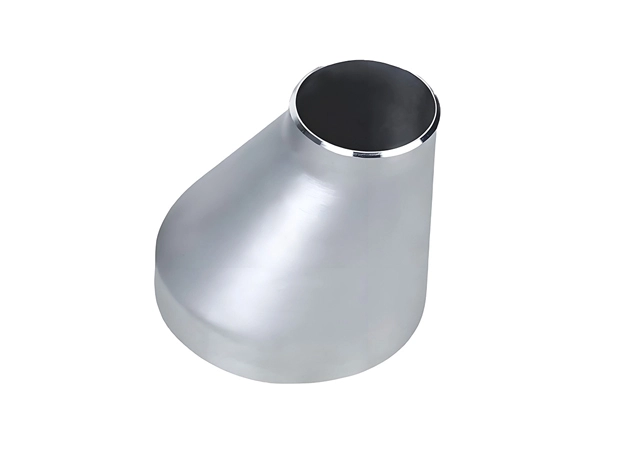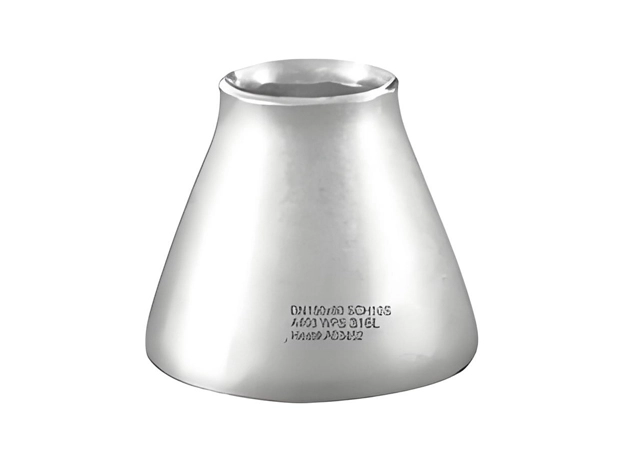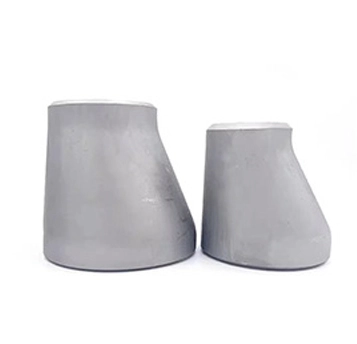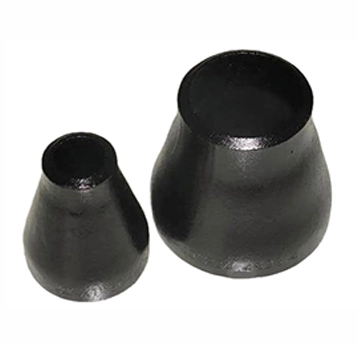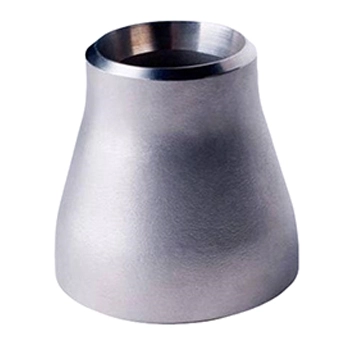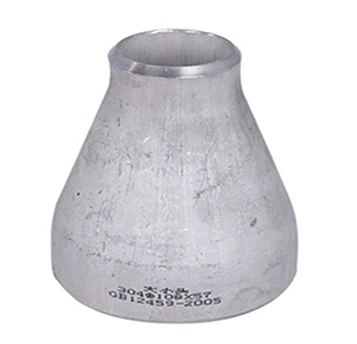stainless steel reducer is a type of pipe fitting used to connect two pipes of different diameters in a piping system. It facilitates a smooth transition between pipes, ensuring efficient flow of liquids, gases, or solids.
Stainless steel reducers are widely used in industries where corrosion resistance, durability, and hygiene are critical. They are made from stainless steel, an alloy known for its excellent mechanical properties and resistance to corrosion, heat, and chemicals.
Concentric Reducer:
Symmetrical, cone-shaped design with both ends aligned on the same axis.
Used in vertical piping systems to maintain the centerline of the pipeline.
Ideal for applications where fluid flow symmetry is important.
Eccentric Reducer:
Asymmetrical design with one flat side to prevent air or gas accumulation.
Commonly used in horizontal piping systems, especially in pump suction lines or drainage systems.
Ensures smooth flow without trapping air or debris.
Corrosion Resistance:Stainless steel reducers are highly resistant to rust, oxidation, and chemical corrosion, making them suitable for aggressive environments.
Durability:Stainless steel is strong and long-lasting, capable of withstanding high pressure, temperature, and mechanical stress.
Hygienic Properties:Smooth surface finish prevents bacterial growth, making stainless steel reducers ideal for food, pharmaceutical, and sanitary applications.
Temperature Resistance:Can operate in extreme temperatures, both high and low, without losing structural integrity.
Aesthetic Appeal:Stainless steel has a polished, shiny appearance, making it suitable for visible installations.
Low Maintenance:Requires minimal maintenance due to its resistance to corrosion and wear.
Butt-Welding Stainless steel reducer:Most common method for permanent, leak-proof connections.
Provides high strength and durability.
Threaded Stainless steel reducer:Used for smaller pipes and low-pressure systems.
Easy to install and dismantle.
Socket-Weld Stainless steel reducer:Suitable for high-pressure systems.
Provides a strong, leak-proof connection.
Flanged Stainless steel reducer:Used for easy assembly and disassembly in large-diameter pipelines.
Ideal for systems requiring frequent maintenance.
1. Oil and Gas:For pipelines transporting crude oil, natural gas, and refined products.
2. Chemical Processing:For handling corrosive chemicals and acids.
3. Food and Beverage:For sanitary piping systems requiring hygiene and cleanliness.
4. Pharmaceuticals:For sterile and contamination-free processes.
5. Water Treatment:For pipelines in desalination, wastewater treatment, and potable water systems.
6. Power Generation:For high-temperature and high-pressure steam pipelines.
7. Marine and Shipbuilding:For systems exposed to saltwater and harsh environments.

 EN
EN
